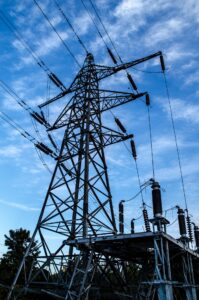Businesses in the Energy, Construction & Utilities sector were considered essential during the pandemic and continued to operate, somewhat shielding this sector from job losses. At $66,405, median annual earnings in this sector outpace many other middle-skill jobs in our region, and the sector is expected to have more than 18,000 job openings between 2021 and 2026.

Water and wastewater treatment occupations are facing a silver tsunami, with a significant number of replacement workers needed to fill vacated or soon to be vacating positions. Despite headwinds including inflation, international tariffs, and a struggling commercial office market, demand is expected to remain relatively strong for construction services for several reasons including local demand to increase affordable housing and the mayor’s commitment to sheltering LA’s unhoused population. Los Angeles County is currently grappling with a housing shortage, with a commitment by LA’s new mayor to provide housing for the homeless. In addition, historically the region’s strong economy has buoyed the construction industry even during national economic slowdowns.
Learn more about LARC’s priority regional industry sectors here.
Careers and Programs within CCLA
At $66,405, median annual earnings in the Energy, Construction & Utilities sector outpace many other middle-skill jobs in our region, and the sector is expected to have more than 18,000 job openings between 2021 and 2026.
When it comes to apprenticeships and career education opportunities, this sector leads the way in many respects. LARCs 19 colleges support pre-apprenticeships, apprenticeships, degrees and certificate programs for a wide range of high-wage, high-demand jobs. In construction, high-wage career paths exist for ironworkers, electricians, carpenters, and more. In utilities, water treatment operators, powerline workers, and steam plant operators represent great careers. Some of the highest paid middle-skill jobs in our region can be found in the energy industry, including nuclear power technicians, electrical powerline workers, and power plant operators. And many industry certifications can be obtained in two years or less.
With career education and training programs across the region, LA colleges are helping bridge the employment gap between these essential industries and learners from all walks of life. Learn more about LARC’s priority regional industry sectors here.
California Climate Action

California uses more energy, and produces more electricity using renewable energy, than every other state but Texas. Already, more than a quarter of electricity production in California is from solar energy. California’s ambitious climate goals are helping to spur workforce opportunities in renewable energy as the state moves even further away from natural gas and fossil fuels.
Los Angeles County’s efforts to expand EV infrastructure are expected to fuel the need for electricians, and 2020’s AB 841 may increase certification demand due to a requirement that electricians complete the Electric Vehicle Infrastructure Training Program (EVITP).
LARC’s 19 community colleges stand ready to fill the gap. The Los Angeles Community College District recently opened the California Center for Climate Change Education at West Los Angeles College, which will help expand internships, pre-apprenticeships, apprenticeships, and other work-based learning opportunities in the equity, environmental justice, and green jobs sectors, and partner with regional entities to support the workforce training needed for greening the energy grid.
Learn more about LARC’s priority regional industry sectors here.




